

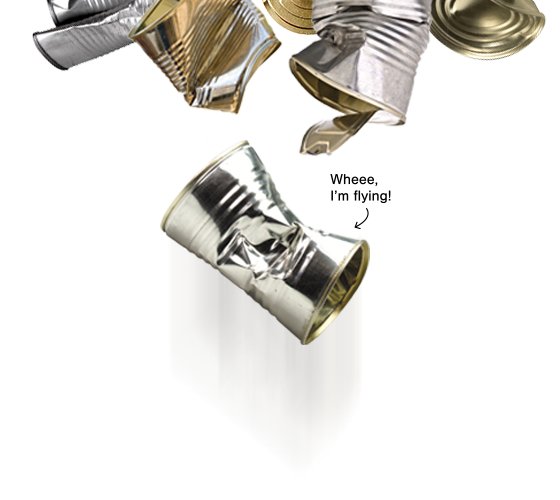
The next 3.5 minutes will determine the future of your recycling. That’s the length of the ride on the sorting conveyor at Mt. Diablo Resource Recovery in Pittsburg, California.
After you wave goodbye at home, the contents of your blue cart get a stylish truck ride. A total of 40 truck loads every day—360,000 pounds—meet up for the ride on the conveyor belt.
“We have to sort all the comingled recycling,” says Facility Manager Jim Nejedly. Recycling rides through a maze of belts, with some automated and some hand sorting processes. People on one line pull off plastic bags, others grab plastic bottles, magnets snap up tin cans, reverse magnets pick off aluminum cans, glass is broken and falls down, screens sort paper. And it’s all running 24 hours a day, five days a week. What’s the biggest problem? “Peanut butter!” Nejedly says.
“We flatten down the plastic container and if there’s peanut butter left, it squeezes out and gums up the machinery (residents can just do a quick wipe with a paper towel to solve that).
What are the most common non-recyclables on the conveyor belt? Garden hoses, batteries (bag them in a clear bag and put on top of blue cart), chairs, cable, chains and diapers: “Diapers are the worst!” Nejedly says. “Oh, and plastic forks; they break and fly all over!”
The good news? The RecycleSmart area has a low contamination rate (garbage in the recycling), way better than most of the Bay Area. So kudos all around!
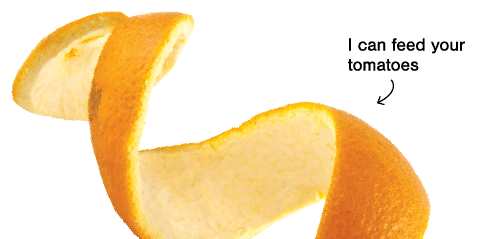
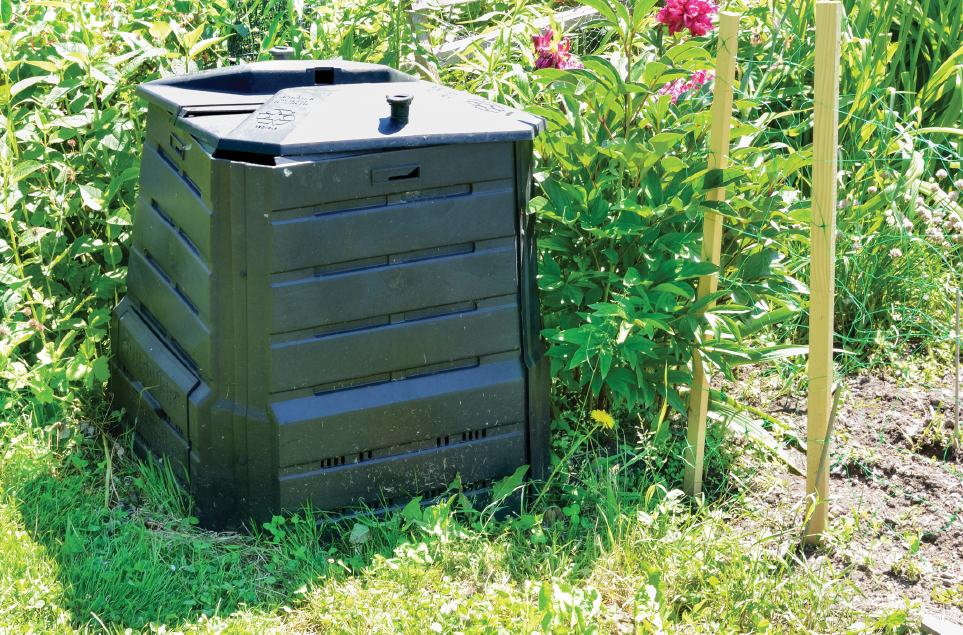
Right now, for a limited time only, you can nab an 86-gallon backyard compost bin for just $20! Regular price $100. It’s delivered right to your door, all costs included. Just add your food scraps and yard trimmings and presto, compost to suppress weed growth, return nutrients to the soil and increase water retention—while reducing waste. Saving you time and effort all year round. Plus, you can get a $4.50 backyard composting credit on your Republic Services garbage bill every quarter! RecycleSmart offers free monthly workshops on composting and vermicomposting (worms!). RecycleSmart.org/composting
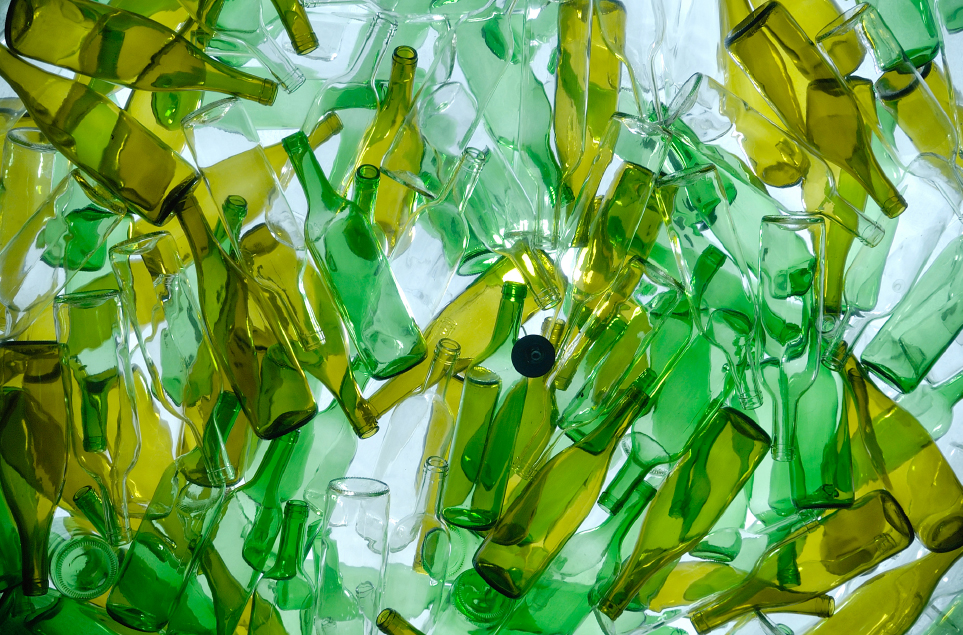
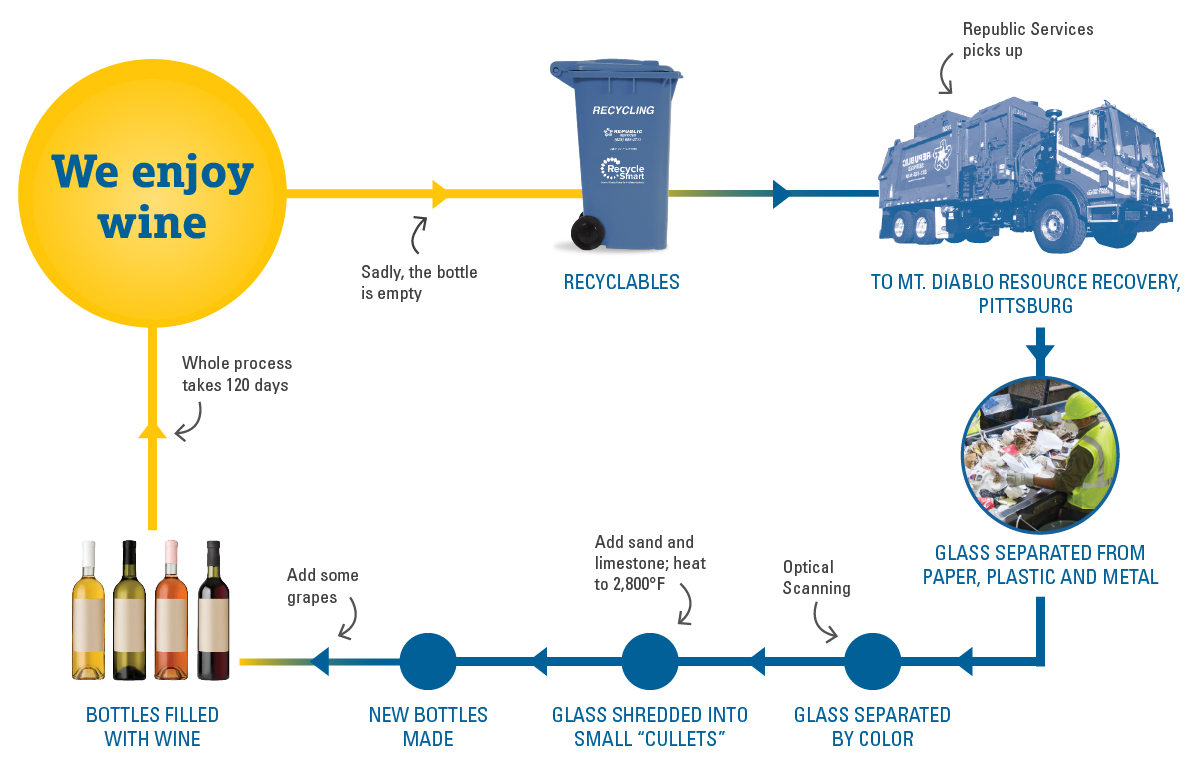
A few truths about wine bottles. Up to 60% of wine’s carbon footprint comes from manufacturing the bottle. New glass can be made with up to 70% cullet (small pieces of recycled glass), which melts at a lower temperature than brand new materials (mainly sand and limestone). That saves a lot of energy: every 10 tons of recycled glass (about 1,350 bottles) prevents 1 ton of carbon from being released into the atmosphere—about 1/3 of an average home’s total annual energy usage.
What happens to bottles not recycled? They spend about 1 million years in landfill waiting to decompose. So give that bottle a quick rinse, pop it in the blue cart and think about Malbec versus Merlot.
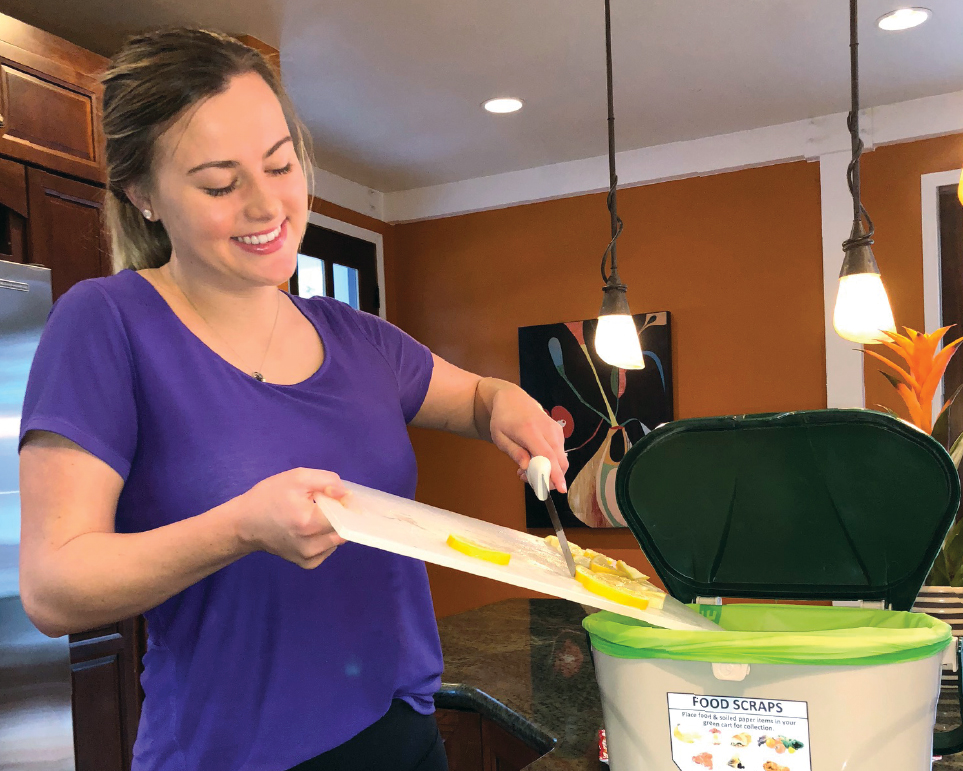
When you love to cook, nothing beats a home garden for supplying fresh vegetables and herbs. And nothing beats home composting to help that garden flourish.
“We throw all our food trimmings and scraps in the RecycleSmart food container,” Rachel E. of Alamo says. “Then toss it all into our composting bin in the backyard.” She adds trimmings from her yard to fill the bin, putting the rest in her RecycleSmart green cart.
Then, she waits. In a few months, great, rich, dark compost to nourish her tomatoes, squash and herbs. Along with a few tulips and daisies. Since she’s always composting, she always has a pile of compost outside the bin at the ready. Those tomatoes can be mighty hungry while they’re growing!
“I like to use the most organic ingredients on plants,” Rachel says. “Why pay to use ingredients that someone else has developed when I have the best compost ingredients available right in the kitchen?” (See page 2 for a special offer on backyard compost bins!)
“I think more people are becoming very aware of the environment,” she says. “I’m now thinking of putting a small recycling bin in the bathroom—that’s where I forget to recycle things like plastic shampoo containers.”
City of Lafayette, you have surpassed yourselves! Your recycling efforts led to a 2016 residential diversion rate away from landfill of 70%.
Almost 6,900 tons of residential organic waste (green cart) from Lafayette did not go into landfill—that’s like taking almost 16,000 cars off the road.
Over 4,000 tons of recyclables (blue cart) did not go into landfill—that’s the equivalent of the carbon sequestered by 16,500 acres of forest in a year.
And Lafayette restaurants, grocery stores and other food-generating businesses sent 655 tons to the Food Recycling Project, which allows EBMUD to convert food waste into electricity—enough to power almost 90 homes for a year.
And in a Herculean effort, construction projects in Lafayette diverted 8,172 tons of materials like concrete, dirt, and roofing asphalt—we’d need to plant over 6,900 acres of new forest to suck up the amount of CO2 that would generate.
You and your fellow Lafayette residents are well on the way to achieving the 75% diversion rate by 2020!
KID'S CORNER
Egg shells have lots of minerals that help plants grow, like calcium, nitrogen and phosphoric acid. Adding an egg to your soil will make your plants very happy.
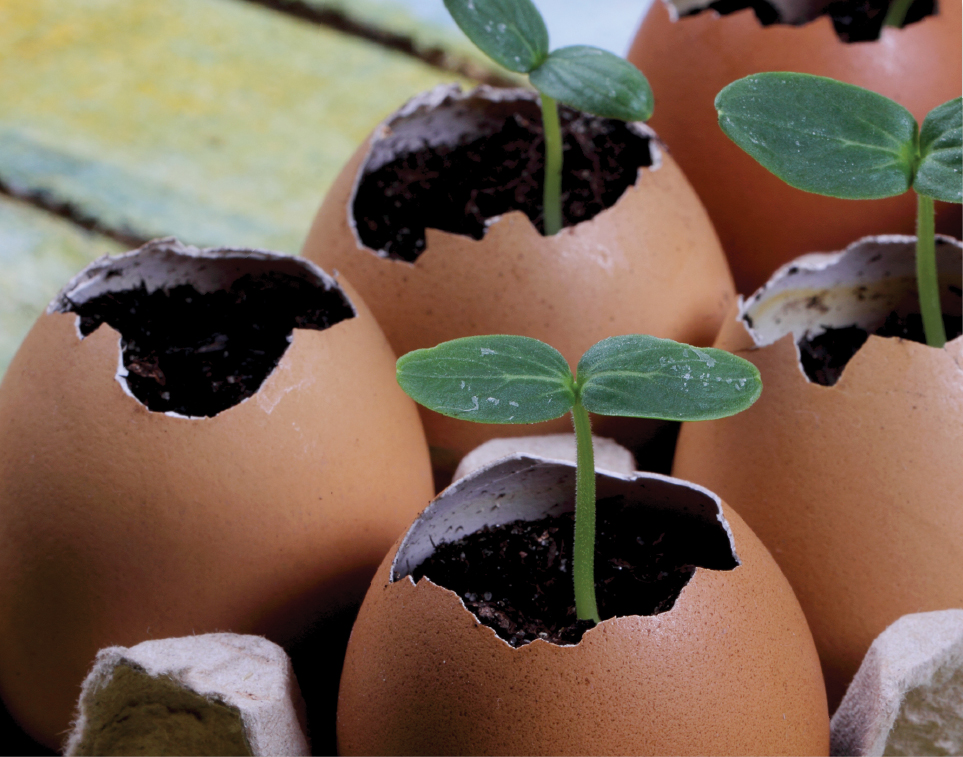
Break an eggshell near the top and pour out the egg.
Make scrambled eggs with your parent.
Put dirt and seedlings in the big egg shell (you don’t need to rinse it out).
Add water and put the egg back in the egg carton.
When the seedlings sprout, bury the egg shell in soil so the tops of the seedlings poke out.
The egg shell will decompose, feeding your seedling’s soil!